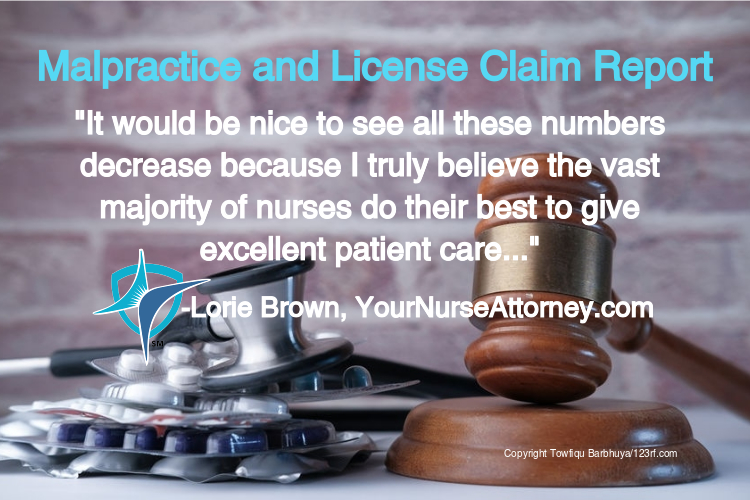Every couple of years, the Nursing Service Organization (“NSO”) publishes a claim report and their most recent one is the 4th edition and some interesting things surfaced. Since NSO provides insurance for nursing representation for medical malpractice and for the Board matters, the claims report is split into 2 sections: malpractice defense claims and license defense claims. You can check out the claims report here.
Of interest is that the number of medical malpractice claims have increased in home care because everything is outpatient these days and more and more patients are being discharged still with acute medical conditions to convalesce at home.
Regarding state Board of Nursing claims, I always knew that substance abuse was not the majority of claims before the Board. In fact, substance abuse and drug diversion represented 42.3% of professional misconduct matters which accounted for 32.5% of claims. Therefore, substance abuse and drug diversion was only 42.3% of 32.5% of all claims. Sixteen-point one percent (16.1%) of the 32.5% of all claims involved criminal conduct. Interestingly for the “most trusted profession,” criminal and drug diversion or substance abuse issues were pretty high.
Six percent (6%) of claims involved reciprocal actions meaning there was an action in one state, so another state took action. Twenty nine percent (29%) of claims involved provision of services beyond the scope of practice. This involved nurses making changes to patients’ prescribed treatments or administering medications that had not been prescribed. Forty-nine-point six percent (49.6%) of documentation matters involved fraudulent or falsified patient care or billing records. This is so interesting and can include failure to document.
One of the biggest concerns that nurses have is that their license will be suspended or revoked. Only 1.5% of licenses were revoked.
What also was interesting is that 45.6% of claims that are investigated actually get dismissed. Just because an investigation is being performed does not necessarily mean that action will be taken against your license.
So, the converse is true. Approximately 55% of licensed Board matters lead to some type of Board action against a nurse’s license.
Lastly, I hope I get this statistic correct: nurses are approximately 43% more likely to have Board matter rather than a malpractice claim.
It would be nice to see all of these numbers decrease because I truly believe the vast majority of nurses do their best to give excellent patient care with the information, staffing, equipment, supplies, conditions, etc., that they have
I would love to get your thoughts on the claim report. Please leave your comments below.









Wendie Howland says
Specific numbers of claims paid for ”malpractice” against LNCs of any capacity, and for what? I’m betting there are none or nearly none.
Many of us don’t bother to carry this anymore if we arent clinically active because most LNC practice is not regulated by NPAs.
LORIE A BROWN, R.N., M.N., J.D. says
Thanks for your comment. According to NSO, there has only been one claim against an LNC where she signed an affidavit of merit and exceeded the scope of her authority.